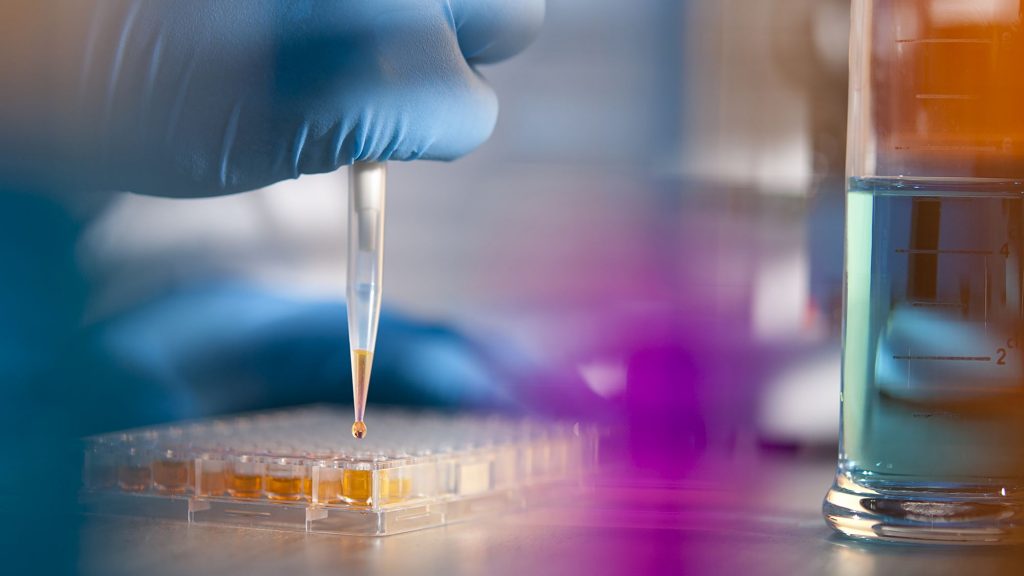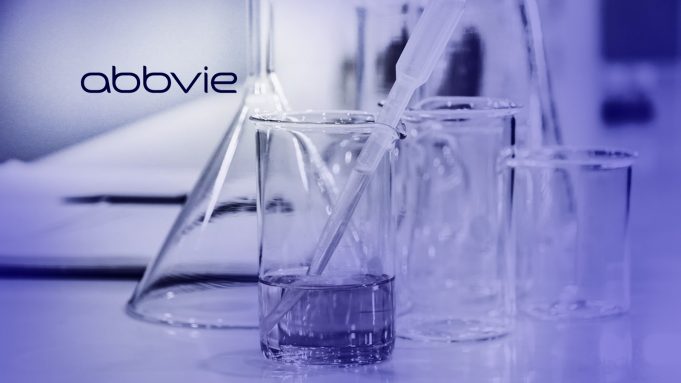AbbVie is a global, research-based biopharmaceutical company formed in 2013 following separation from Abbott Laboratories. The company discovers, develops and markets biopharmaceuticals. As of December 2015, the company employed in excess of 28,000 associates globally and provided products to individuals in more than 170 countries. AbbVie’s mission is to create an innovation-driven, patient-focused specialty biopharmaceutical company.
Understanding Abbvie’s Business
Abbott announced its intention to set up AbbVie as a separate pharma company in October 2011, retaining its diagnostics, medical devices, nutritional and branded generics businesses. The separation was effective January 1, 2013, and AbbVie was officially listed on the New York Stock Exchange (ABBV) on January 2, 2013. The company markets both small molecule (chemical entities) and large molecule (biotechnology products) biopharmaceuticals.

Understanding Biopharmaceutical Business Model
Biopharmaceutical companies by regulation are prohibited to directly sell the medicines to patients. Companies reach out to patients through influencers (Providers/Physicians). Biopharmaceutical companies get the prescriptions by convincing influencers about the superiority of their products over other available products. To reach out to the influencers, companies use both direct and indirect channels to create the need and build the brand.
Direct Channels: Companies use field force for detailing the merits of products, invite influencers to promotional meetings and provide product ads in medical journals.
Indirect Channels: Biopharmaceutical companies use indirect channels to engage with influencers and targeted patient population. Sponsoring Continue Medical Education (CME) programs and providing assistance to advocacy groups are the common channels used by biotech companies.

Abbvie utilizes both direct and indirect channels to influence the prescribers (Doctors) to
- Prescribe new medicines to existing and new patients
- Get new patients for existing medications by making patients aware about their diseases
- Promote new indications for existing medications to providers.
The company sells these products primarily to medication wholesalers and retailers, hospitals, government agencies and health maintenance organizations (HMOs). Following diagram shows how Abbvie generates revenues in biopharmaceutical product business.
Understanding Biotechnology Business
Modern biotechnology companies owe a lot to the first brewer, bread baker, and cheesemaker, who taught us how to use microorganisms to make everyday edible products – beer, bread, and cheese.
Our better understanding of the biological world – molecular connections in the disease pathways and techniques to manipulate microorganisms, and adoption of new technologies- sequencing of human genome and industrialization of manufacturing processes, has opened up new possibilities in medical diagnosis and therapy. This new branch of biopharmaceuticals – to produce medicinal compounds using biotechnology is revolutionizing and restructuring the pharma market.
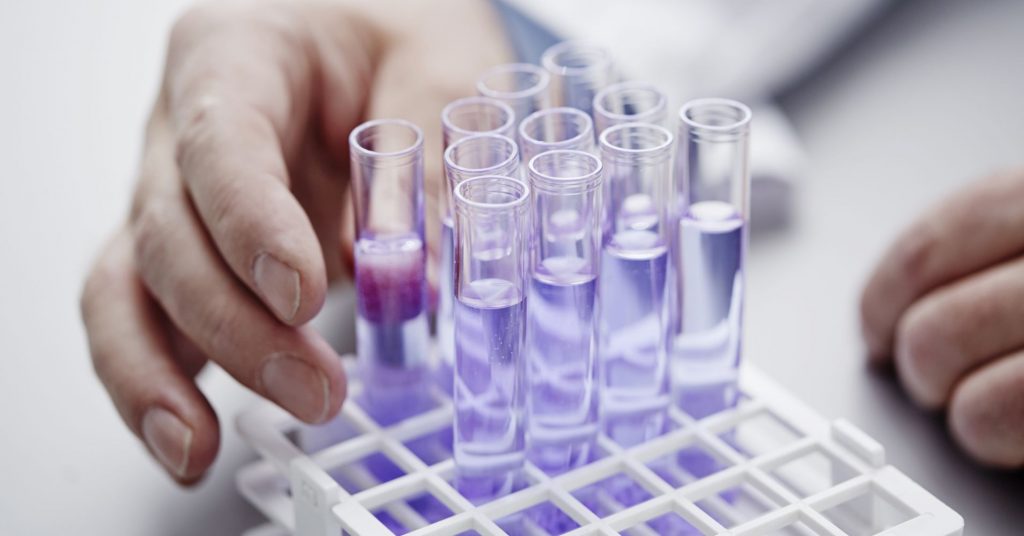
Biotechnology companies often use the techniques of recombinant DNA for the production of innovative medicines. This usually involves isolating a human gene with therapeutic potential, or genetically engineering a potential therapeutic, then introducing it into bacteria, yeast or an animal cell line. The recombinant systems are induced to produce the protein in high quantities under controlled conditions. Biotechnology companies can produce large quantities of a highly purified protein for clinical and ultimately commercial therapeutic use. Human insulin was the world’s first biotechnologically manufactured medicine.
Understanding Abbvie’s Business Model
Abbvie’s success is largely due to adalimumab, which is marketed under the trade name Humira, a biopharmaceutical treatment for autoimmune diseases. AbbVie’s dependence on Humira has expanded from 45% in 2011 to above 60% in the year 2015.
Given its high dependence on a single product and rising biosimilar threat, AbbVie has taken following steps to evolve its business model.
- Building Patent Estate For Existing Products
- Acquiring And Building New Growth Platforms
- Continued Focus On Profitable Biotechnology Franchise
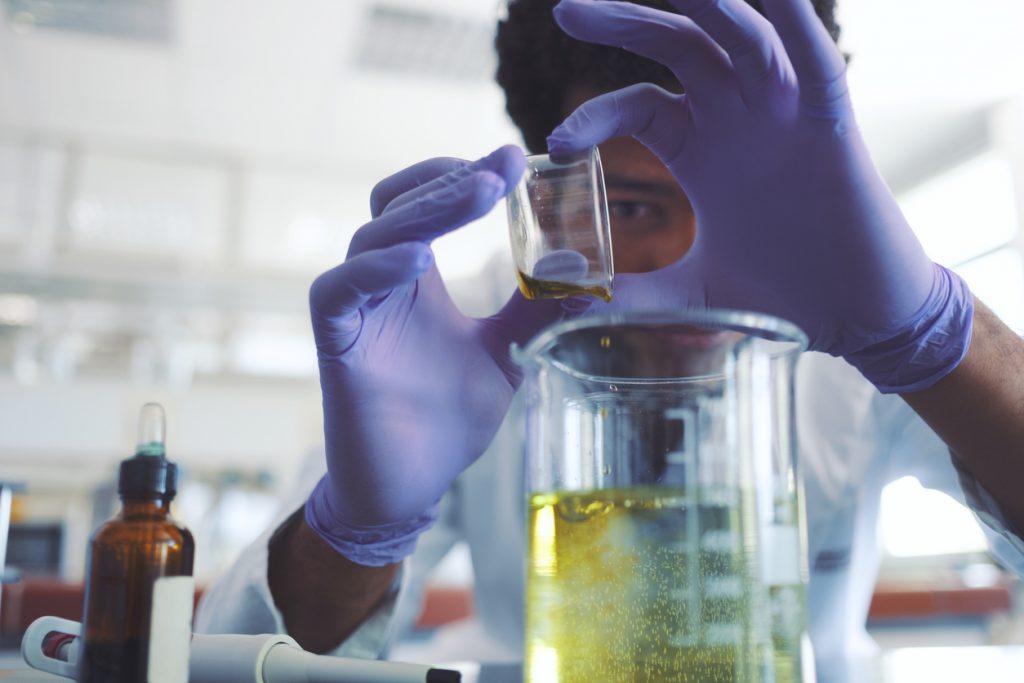
Building Patent Estate For Existing Products
Abbvie has laid out a comprehensive strategy to counter biosimilar threat and maintain the leadership position in immunology. Abbvie has secured twenty-two patents that cover all of the approved indications. These patents for approved indications will expire between the year 2025-2031.
To launch a Humira copy, biosimilar companies must have the same route of administration, dosage form and strength as the innovator. Abbvie has 14 formulation patents that will expire between 2025–2028 and 24 manufacturing patents expiring between the year 2027–2034. Abbvie also has secured 15 device or delivery enhancement patents that will protect Humira till the year 2032.
To further build dominance in Immunology, Abbvie is working on developing another molecule – selective JAK1 inhibitor (ABT-494). ABT-494 has shown strong top-line efficacy data results in patients with RA.
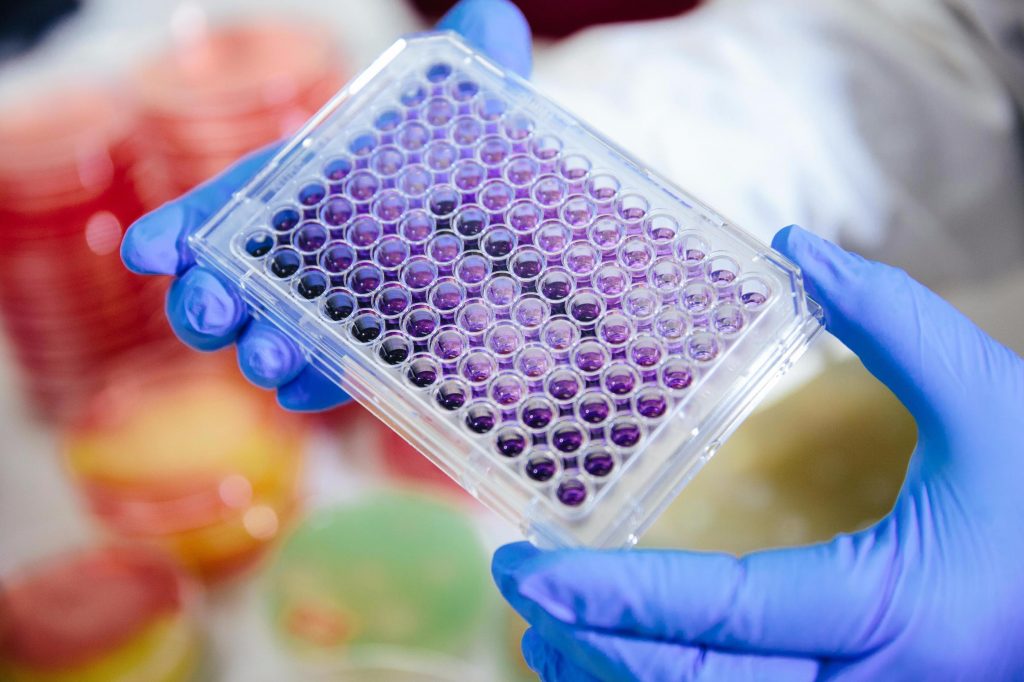
All these measures will help Abbvie strengthen its existing Immunology portfolio.
Acquiring And Building New Growth Platforms
AbbVie is aggressively acquiring new growth platforms to become a cancer powerhouse. On March 4, 2015, AbbVie announced its agreement to acquire the oncology firm Pharmacyclics and its treatment for blood cancers, ibrutinib. Ibrutinib will help Abbvie enter lucrative hematologic oncology market that is estimated to grow to $50BN by 2025 from $27BN in 2015.
To further build dominance in cancer market, on 28 April 2016, the company acquired Stemcentrx for up to $9.8 billion and its late-stage lead medication for small-cell lung cancer, Rova-T.
Abbvie has also carved out R&D partnership with leading players to discover, develop and launch innovative therapies. It has collaborated with Calico, an Alphabet Inc. subsidiary for Aging and age-related diseases, with Synlogic for Crohn’s disease and ulcerative colitis, and with University of Chicago to investigate a number of areas of oncology: breast, lung, prostate, colorectal and hematological cancers
Continued Focus On Profitable Biotechnology Business
Biotechnology companies often focus on specialty medications, which are hard to make or administer, and “orphan medications,” for treating rare diseases. Both are expensive to sell and lucrative to make. Abbvie having tested the market with Humira is aggressively building its biologic R&D engine. Out of total 17 venture investments made by Abbvie, the company has invested in more than nine biotech companies.

Abbvie Revenues By Business Segment FY’15
In FY’15 (fiscal year ended December 31, 2015), Abbvie generated $22.9 billion of total revenues. Of these total revenues, Abbvie generated,
- $14.0 billion revenues, 61.3% of the total, from Humira
- $0.8 billion revenues, 3.3% of the total, from Imbruvica
- $1.6 billion revenues, 7.2% of the total, from Viekira
- $0.6 billion revenues, 2.8% of the total, from Creon
- $0.7 billion revenues, 3.2% of the total, from Synagis
- $0.8 billion revenues, 3.6% of the total, from Lupron
- $0.8 billion revenues, 3.3% of the total, from Synthroid
- $0.7 billion revenues, 3.1% of the total, from Kaletra
- $0.7 billion revenues, 3.0% of the total, from AndroGel
- $0.5 billion revenues, 2.1% of the total, from Sevoflurane
- $0.2 billion revenues, 1.0% of the total, from Duodopa
- $0.2 billion revenues, 0.8% of the total, from Dyslipidemia products
- $1.2 billion revenues, 5.4% of the total, from all other products
Abbvie Profits and Profit Margins FY’15
Of the $22.9 billion of Abbvie’s total revenues in FY’15, $4.5 billion were the costs of goods sold. This resulted in $18.4 billion of gross profit and a gross margin of 80.3%. Abbvie’s other operating costs were $10.8 billion. These include marketing & administrative expenses, and research and development (R&D) expenses. This resulted in $7.5 billion of operating profit and an operating margin of 33.0%. After interest and other non-operating income and expenses and income taxes, Abbvie had a net profit of $5.1 billion and a net margin of 22.5%.
